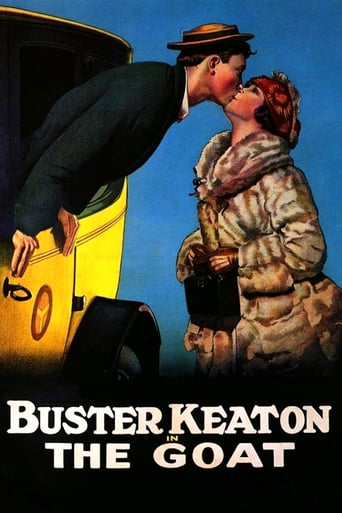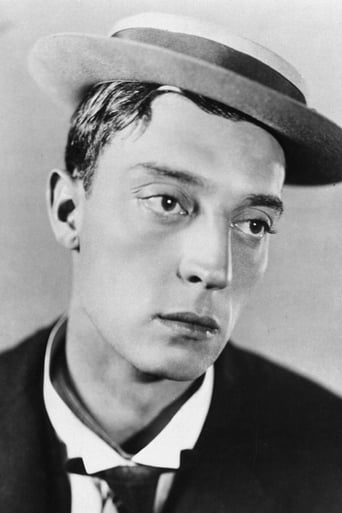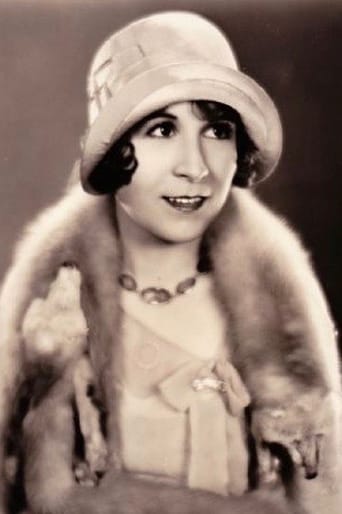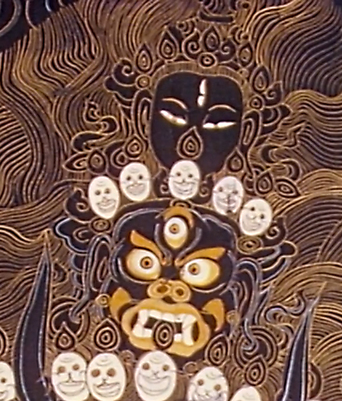

The Goat (1921)
A series of adventures begins when Buster is mistaken for Dead Shot Dan, the evil bad guy.
Watch Trailer
Cast


Similar titles
Reviews
Buster Keaton is walking past a jail when he grabs the bars and peers inside. On the other side of the bars is notorious murderer "Dead Shot Dan" who is being photographed. Seeing that Keaton is behind him, Dan ducks out of shot and once he escapes, a photo of Keaton, seemly behind bars is published. As a result of this Keaton is forced to go on the run from various police officers including a persistent Police Chief who just won't give up.I watch a lot of Silent Comedy but if I had to ask someone to watch just one short silent picture it may well be this one. The Goat is packed full of wonderful jokes, ingenious set ups and incredible stunt work. I laughed more at twenty seven minutes of this film than I have during probably every comedy I've seen so far this year combined.What makes this film so great is the sheer quantity and quality of gags. While essentially a chase comedy, this is to the Keystone Cops what BBC4 is to ITV2. Sure they have similarities, but one is far more sophisticated that the other. Keaton seems to find endless possibilities in places to hide and ways of escape, only to have them backfire on him. The way that the gags join together feels effortless. Nothing about the film feels forced despite the huge number of jokes and stunts. Keaton never creates a tenuous link from one to another, the whole film feels smooth and calculated while remaining frantic and fast paced.As well as being incredibly funny, this is also quite surreal in places, in keeping with Keaton's cannon. Some of the more surreal moments include a clay horse melting under Keaton's weight and perhaps one of Keaton's most famous scenes in which a train approaches from the distance and stops immediately in front of the camera showing Keaton, stone faced, riding the cow catcher. This isn't really played for laughs but you laugh at the audacity of the shot. Perhaps the most surreal scene involves an elevator chase in which Keaton and the Police Chief (Joe Roberts) are involved in a chase through an apartment block. Keaton manipulates the mechanical elevator floor indicator to his advantage (even though this wouldn't really effect where the elevator was) and by pulling it hard and past the top floor Keaton forces the elevator out of the roof. The scene is like a cross between Charlie and the Chocolate Factory and something Terry Gilliam would produce. It's a wonderfully clever and funny scene.Something else that stands out, as with any Keaton picture, is the star's athleticism and gymnastic abilities. It sometimes seems as though Keaton is made of rubber as he jumps, falls, stretches and squeezes with ease both in and out of trouble. Keaton, who once broke his neck during a film (and didn't realise until years later when he had an x-ray) was never afraid to put himself in harms way and that is certainly true here. In The Goat he can be seen jumping through windows and off vehicles, sliding down elevator shafts and falling of a variety of apparatus. During all of this his expression never changes.To call The Goat a masterpiece would be no exaggeration. It is easily amongst the greatest silent shorts of the 1920s and amongst Keaton's best work. The humour, timing and plot don't feel out of place today. It's the sort of film that you'll be afraid to look away from for just a second or two in case you miss a gag or glance. This is comedic perfection.www.attheback.blogspot.com
There is a running thread in film comedy that all the great comics are just falling short of the law or on going to jail. Think of that conman's conman W.C.Fields in THE OLD FASHIONED WAY, or the Marx Brothers in A NIGHT AT THE OPERA, or Chaplin in THE ADVENTURER, of Mae West in SHE DONE HIM WRONG. The skirting of the law is inevitable, and when they end up on the side of the law the results are actually still hostile between the forces of law and order and the comic. Think of Lloyd in his first talkie, WELCOME DANGER, trying to "assist" the San Francisco Police Department in the midst of a crime wave, and making police sergeant Edgar Kennedy want to kill him. Think of Laurel and Hardy as ill-fated cops in MIDNIGHT PATROL. I find this type of hostility is so patent in all these giants' (and their peers') comedy that even a fake title for a film deals with it. Think of Jerry Seinfeld in one episode of his series creating a Three Stooges short, SAPPY PAPPIES, where the boys end up being electrocuted for murder.Buster Keaton frequently pulls in the forces of law and order to be his opponents in his comedies. Look at STEAMBOAT BILL, JR., where he tries to spring his dad from a calaboose. But he actually had more conflict from police forces in his shorts. In CONVICT 13 he is dragged back to prison when mistaken for an escaped convict. In COPS (perfect title - if you see it you'd understand) the police force of a large city is repeatedly looking for Keaton, mistaken for a terrorist). And in THE GOAT he is unable to avoid the police for most of the film.Keaton is a tramp just looking for food. But he is totally unlucky. When he sees a stranger throw a lucky horseshoe (which Keaton earlier ignored) over his shoulder, and then find a wallet full of money, Keaton tries the same thing, and hits a cop in the head. The cop gives chase, and Keaton (as luck would have it) runs into another cop, tries to act normal, but ends by throwing the other cop into the path of the first. Soon he has three cops chasing him. Briefly shaking them he walks by a window at the local jail where local murderer "Dead Shot Dan" (Malcolm St. Clair*) is being photographed. Passing in back of the barred windows, Keaton is stupid enough to stop and look straight in. The desperado notes this and ducks as the picture is taken. When Dead Shot flees the police, it is Keaton's face on all the wanted posters.(*St. Clair would eventually be a successful director of silent and early sound comedies, although in his later biography would be a stint at 20th Century Fox where his work with Laurel & Hardy was below par.)Keaton flees to another town by train (disconnecting the passenger cars containing his pursuers from the locomotive and tender). This is the film (by the way) that has two famous Keaton jokes. His arrival on the locomotive is done in a distant shot, with it coming closer and closer, and suddenly the audience sees Keaton sitting on the cowcatcher. The second famous sequence goes later (and may have influenced Chaplin somewhat in the beginning of CITY LIGHTS). Keaton had accidentally knocked out a man who was arguing too violently with a pretty woman with a dog (Virginia Fox). When he sees the poster's calling him a murderer he thinks he killed the man. He is being chased in this town by a suspicious chief of police (Joe Roberts), and momentarily loses Roberts in the park. A statue of "Man-of-War" is being constructed and the sculptor is unveiling a clay model of the horse). Keaton is seen seated on the clay model, trying to maintain his dignity as the clay legs of the horse start collapsing under his weight. Keaton manages to meet the pretty Ms Fox, who invites him home for dinner. Only he doesn't realize her father is Roberts. The last five minutes of the film deal Keaton fleeing and avoiding Roberts while he and Fox get away together.It's a funny comedy, and a wonderful example of Keaton's work at his best.
Not all, but most of this story is Buster being mistaken for "Dead Shot Dan," a notorious criminal. There really is no story, just a series of adventures to show off Buster's physical talents, which are amazing, and his comedic timing. The 27-minute film is basically one adventure after the other mostly involving someone chasing our hero.Earlier, it's a couple of policemen on their beats racing through the streets after Keaton and later it's "Big Joe" Roberts, a rotund cop - and father a girl Buster is interested in - who chases him. Those latter scenes were the best I thought, with a lot of clever gags involving the hotel elevator where Big Joe and his daughter live. That was Keaton at his best.It's just a madcap half hour that makes little sense, but cares? It's Buster at his slapstick best, or near it, and so it serves its purpose: to entertain us. Just think: 85 years after this film was made there are people (like me) still discovering and enjoying these silent comedy classics! Cool!
Along with Cops, The Goat is one of Keaton's two funniest shorts. Which makes it one of the best shorts ever made. This has an decent "plot" for a short, and it forms a perfect line on which to hang some great gags. Keaton is mistaken for an escaped convict (how the mistake happens is a classic) and then must elude the authorities. Best gags - the bread line and t he "elevator".





